New Glaise Creek structure meeting challenges
BY Jim Harris
ON 04-28-2025
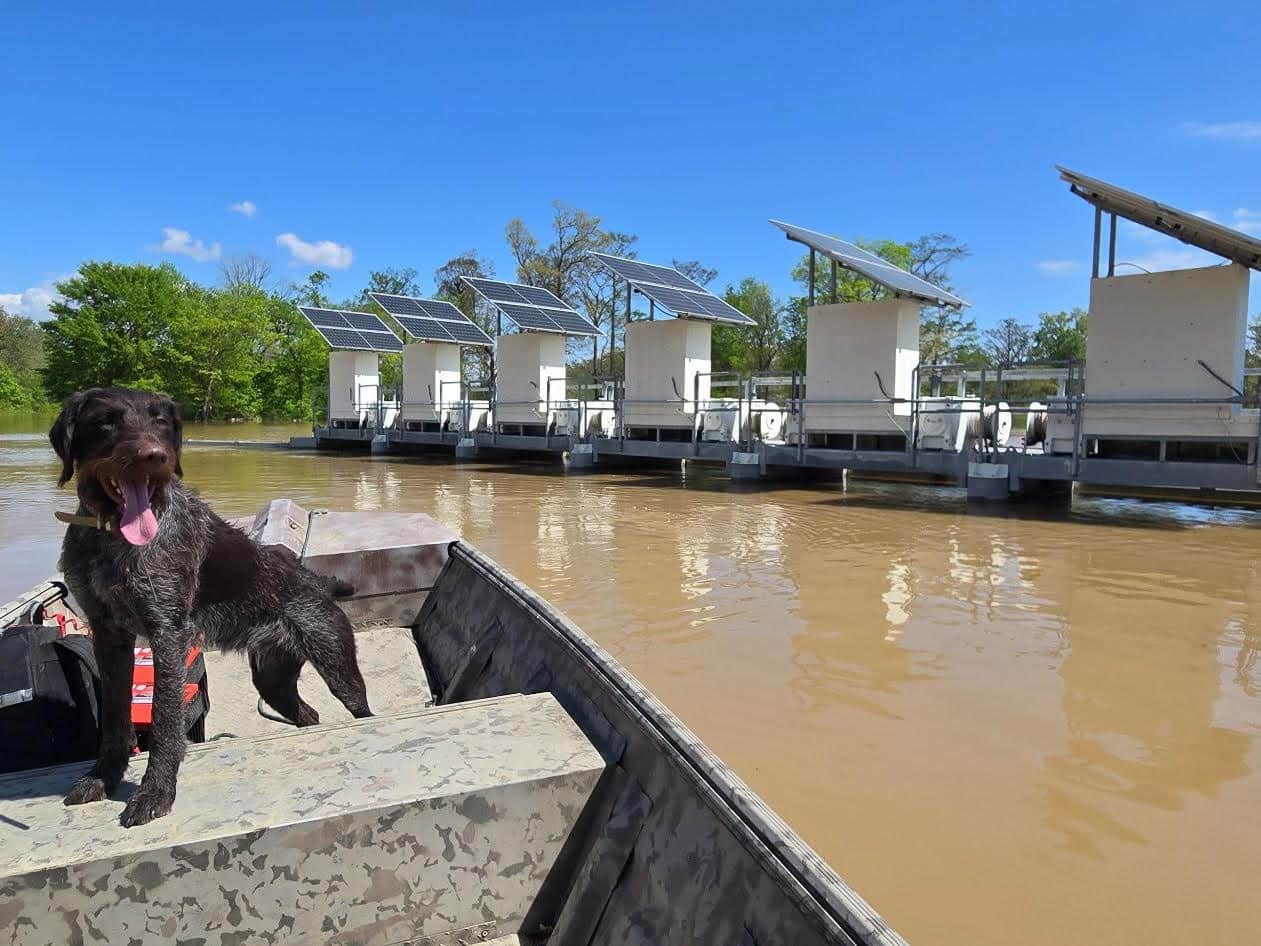
GEORGETOWN — The new water-control structure on Glaise Creek got its first real springtime test in early April. Heavy rains dumped at least 6 inches over many portions of the state and over a foot of water in certain areas, raising the White River and its tributaries to major flood stage.
In past years, that might have been bad news for Henry Gray Hurricane Lake Wildlife Management Area during the waterfowl offseason. In some years, flood waters stayed on the WMA into early summer. Lingering water that stuck around during spring and summer in past years harmed the red oaks that provide important habitat and food for migratory birds, particularly mallards, in the bottomland hardwood forest of Hurricane Lake.
Before the improvement, Arkansas Game and Fish Commission habitat biologists would watch water slowly move through the small, outdated water-control structures, including one on Glaise Creek that would pass, at best, about 2,100 cubic feet of water per second.
About ELEVEN TIMES as much water was passing through the new structure after the early April monsoon. At one point, water passed through the six overshot gates at 24,000 cfs. A big push of water on Glaise Creek pushed through the system, into Whirl Lake and then on to the White River in an amazingly short amount of time.
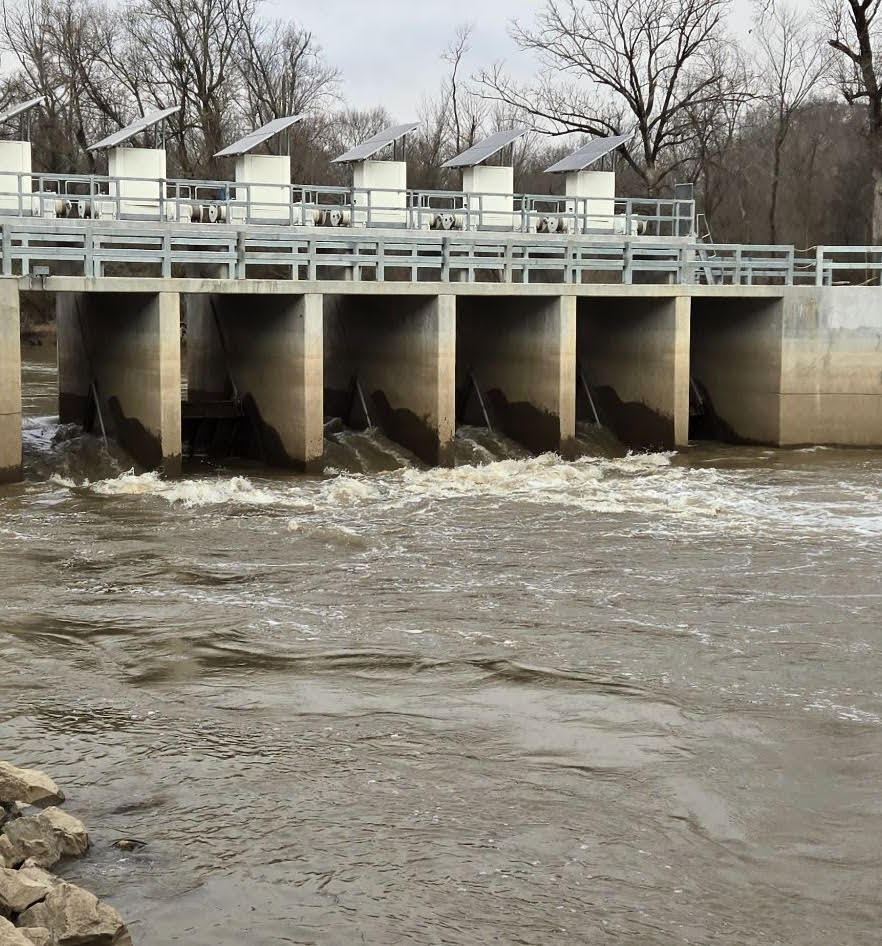
“It’s a very smart system, to say the least. It allows us to be proactive with water management,” Jason “Buck” Jackson, the AGFC’s state wetlands program coordinator, said last week. “It was inundated, but we had 5½ feet to go before we had any problems … It’s pretty remarkable what it’s doing to this system.”
Infrastructure renovations in Hurricane Lake WMA, including extensive rehabilitation work in what was the south greentree reservoir unit before it was decommissioned four years ago, were led by AGFC staff with contributions from several funding and logistical partners, including Ducks Unlimited and the North American Wetlands Conservation Act. Total costs for both renovation projects exceeded $10.7 million, including $3 million via DU through NAWCA grants.
The construction on Glaise Creek was handled by Aqua Systems 2000 of Alberta, Canada. It was dedicated Nov. 7 before the opening of the 2024-25 waterfowl season.
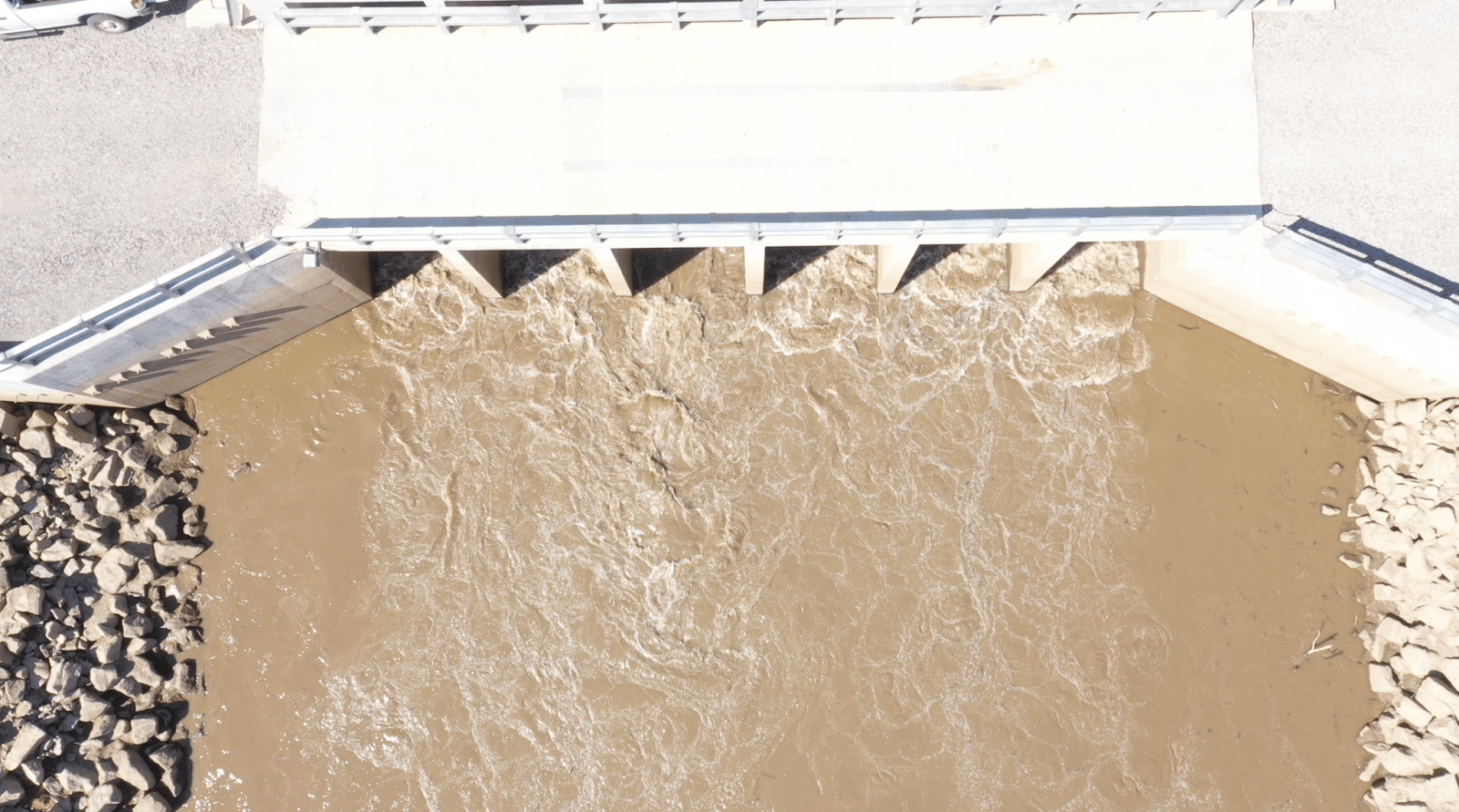
The April flooding in Arkansas wasn’t the new structure’s first test of its capabilities, though, Jackson noted.
“We got up to 30 feet (above normal on the White River gauge at Augusta) last year before our duck season opened, and that ran through in about 11 days. That’s probably the one to look at, when it got to 192.5 and got out of the woods in 10 days. Then, around Dec. 22, we also had another shot of water move through,” Jackson said. “It would have drained with the old structure, but it would have taken a whole lot longer.
“The biggest difference is the floor is deeper. We can maintain that velocity longer,” Jackson explained, citing how the new structure was built to the bottom of the creekbed and stands much taller, more than 30 feet, with six gates than can be operated remotely for fine adjustments but it was left in position control by computer or by a biologist, in this case Jackson, touching the right button on his cell phone. Also, the structure, more than 120-feet wide from end to end, and 68-feet wide at the water-control gates, is set in the main creek channel — whereas the small 50-year-old structure it replaced was in a diversion cut. That old structure had undershot boards that were dropped down manually by chains to keep water in the hunting unit during the season.
With the system in position control, Jackson can monitor this new system to detect how much water is running through the structure and the system will maintain that figure, adjusting the gate heights (they will move to adjust with the inputs to maintain the set msl level. Smaller inputs would mean smaller movements of the gates, but when a large event occurs, it will make larger adjustments to maintain the set msl, Jackson explained).
“In the tree world, that’s a significant, drastic change. It’s pretty cool what it’s accomplishing,” he said.
Two days after duck season ended with the Youth Special Hunt and Veterans/Active Military Hunt on Feb. 9, Jackson opened up the gates at the structure. “It evacuated the whole area really quickly.” We raised the gates on March 17 to 190.5 feet msl in Glaise Creek, Jackson lowered the gates remotely and within 45 minutes it was gone. “That is pretty eye-opening to see how much better this system can move the water compared to the old one.”
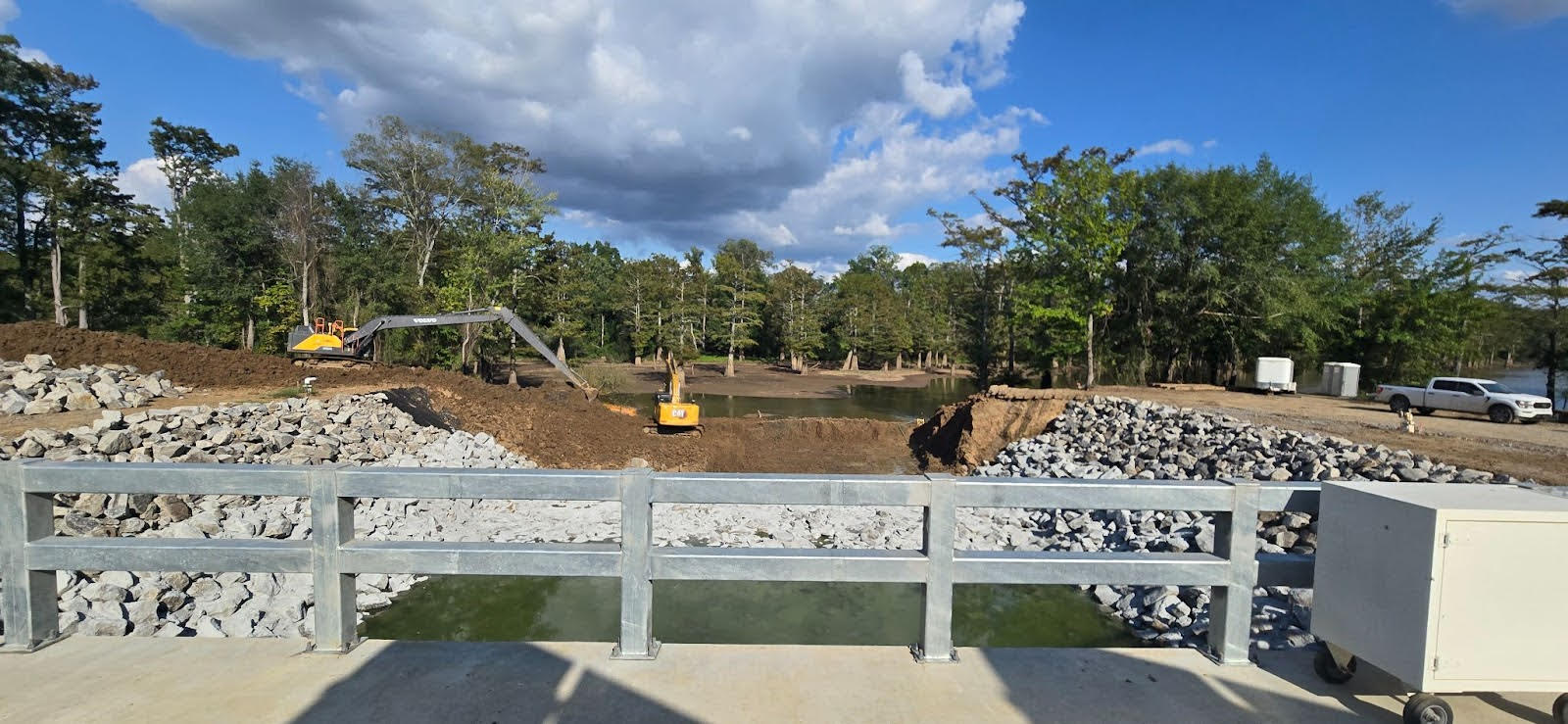
A trapper who had been back on the runs in the WMA checking his traps ran into Jackson later that month. “He told me, ‘This is the driest I’ve ever seen it. This is going to change the WMA as we know it.’”
The system’s software is what has given Jackson a big edge versus the water inundation this year, he said. He can set the software at the structure at 189 feet msl, which is the level for the base of some red oaks in the WMA. “If we get a 2-inch rain, the system automatically corrects itself with the gates to maintain that 189. Say it jumps up to 192 (feet). The gates start lowering to pass more water and try remaining at that 189.”
The system uses its own sensors and USGS data on Glaise Creek as a check in case readings are off or one isn’t working.
Jackson said the AGFC will be adding five more gauges on its greentree reservoirs ecosystems where new systems are in place or going in, such as Earl Buss Bayou DeView WMA and Shirey Bay Rainey Brake WMA, that will work in tandem with readings they receive from USGS gauges. “We have a second layer of data so we’re not messing up and the public can see the readings,” he said.
Jackson talks about this new structure much like a barbecue enthusiast would boast of his new Traeger with so many fancy bells and whistles that he doesn’t have to tend to the fire to cook a brisket all day. Technology is ruling the day, he said.
“I’ll be honest with you, it’s not even a comparison (to the old way of water control on GTRs),” he said. “It’s apples to watermelons. Or grapes to watermelons … The common thing to say is it’s going to be a game changer. But that’s not enough.
“With this technology, we can work with the water in these ecosystems to produce a sustainable bottomland hardwood forest. With the ability to be proactive, such as increasing the sheet flow and volume during large events, I firmly believe this will allow AGFC to improve these bottomland hardwood forests more than ever before. These are moving the volumes as near to nature while retaining some artificial capabilities.”
####
CUTLINES:
DRAHT IN BOAT
During a check of the Glaise Creek structure at the height of recent flooding on the White River, Jackson even noted a pull of current where the newly reclaimed channel was allowing water to leave Hurricane Lake WMA more efficiently. AGFC photo.
FLOWING WATER
A pulse of water in January was evacuated quickly once the 2024-25 waterfowl season ended. AGFC photo.
OVERHEAD
The new Glaise Creek Structure moves eight times the previous structure’s capacity. AGFC photo.
CONSTRUCTION
In addition to removing an unnatural turn and widening the channel for water to exit Hurricane Lake WMA, construction crews cut down to the original creek bed to improve water flow out of the system. AGFC photo.
Recent News
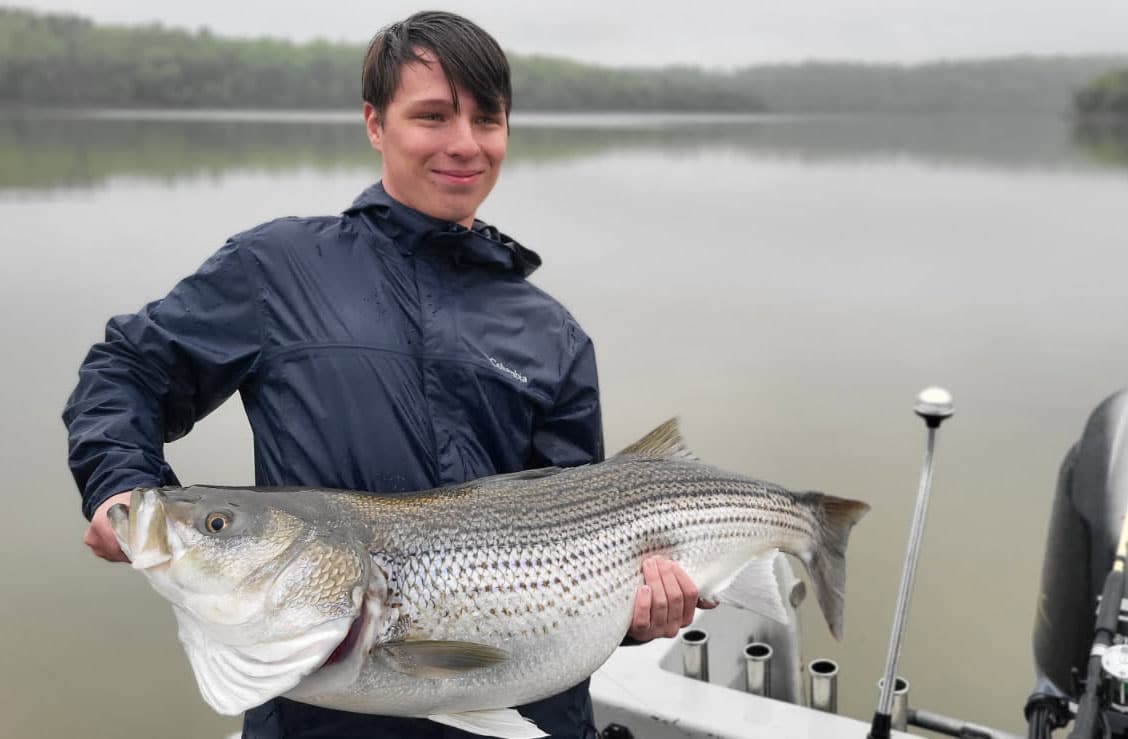
Arkansas Wildlife Weekly Fishing Report
Apr. 24, 2025
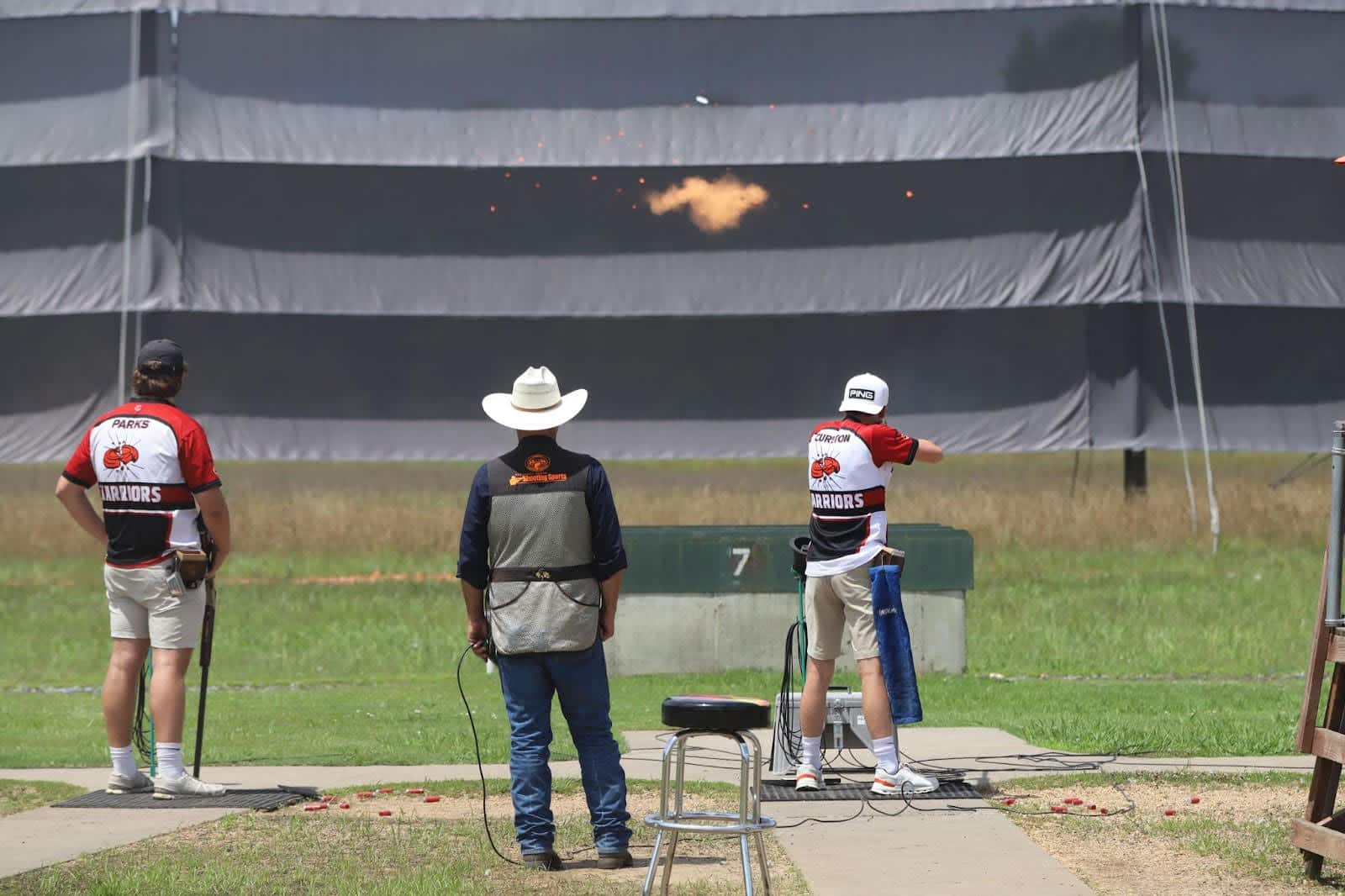
Contenders take aim as shooting sports regionals begin
Apr. 23, 2025
Subscribe to Our Weekly Newsletter E-mails
Don’t miss another issue. Sign up now to receive the AGFC Wildlife Weekly Newsletter in your mailbox every Wednesday afternoon (Waterfowl Reports are published weekly during waterfowl season and periodically outside the season). Fishing Reports arrive on Thursdays. Fill in the following fields and hit submit. Thanks, and welcome!
